|
|
 |
|
|
Slovak Forces On the Eastern Front
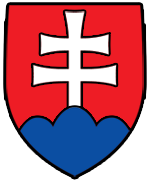 |
Slovak Forces on the Eastern Front
By JP Forsey
|
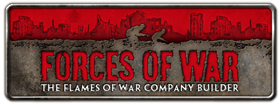 |
The Obrený Rota and Motorizovaná Pechota Rota are also available through Forces Of War, the Flames Of War online company builder.
http://forces.flamesofwar.com
|
|
Hitler’s dismemberment of Czechoslovakia left
Slovakia as an independent country. Its fascist leader, Dr Josef Tiso,
threw his lot in with the Axis, notwithstanding the high degree of
anti-fascist sentiment among the public and the armed forces. Slovakia
provided forces to assist in the Invasion of Poland in 1939 and later
provided troops for the Invasion of Russia, crossing the border on June
25, 1941.
Right: OA vz 30 Armoured Cars; Based on a 6 wheeled truck chassis with a hull mounted mg forward and a simple cylindrical turret also mounting a Machine-gun
|
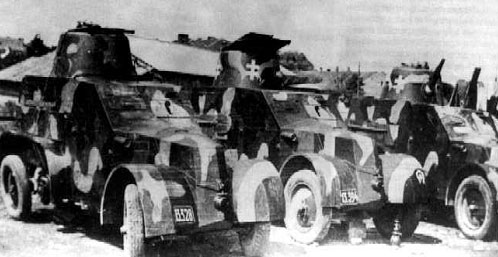 |
The troops comprised a Field Corps, which saw little action, and a Mobile Group (later Brigade and from August 1941 expanded to Division size, effectively becoming an Infantry Division) which bore the brunt of the fighting.
|
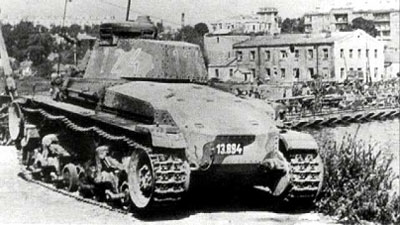 |
Early War Period
In the early war period until August 1941, the Brigade comprised the 2nd Reconnaissance battalion of armoured cars and bicycle troops, the I/6 motorised infantry battalion of 3 companies and an MMG company, the I/11 motorised artillery regiment of 3 battalions and the 1st tank battalion primarily equipped with LT-35 and LT-38 light tanks (used by Germany as the Panzer 35(t) and 38(t) respectively) plus the 1st and 2nd Anti tank companies with towed 37mm plus the I/3/I motorised engineer platoon and a light and a heavy AA detachment.
|
|
Above: LT-35; Note German Style 3 digit turret marking and Slovak cross (red with white outline).
The Brigade advanced through Lvov and towards Vinnitsa under the command of German 17.Armee. By late July 1941, the Brigade had pushed on towards Lipovec in the face of heavy resistance which took a toll on the light tanks in particular. There followed a move north towards the region of Kiev. During August, 1941, the Slovak Army Group was re organised and the Brigade formed the nucleus of the 1st Slovak (Mobile) Infantry Division, which was also known as the Slovak Fast Division.
|
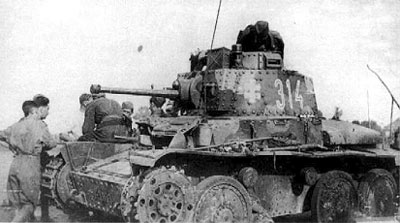 |
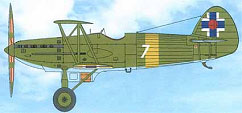 |
By September, 1941, the Fast Division was back in the front lines near Kiev. After the capture of the city, the Fast Division was transferred to Army Group South. It operated along the Dnieper River, where heavy fighting took place. As of October 2nd 1941, the Fast Division was a part of the 1.Panzer-Armee fighting on the eastern side of Dnieper River near the region of Pereshchina. By this time, the Division had lost almost all of its tanks.
|
1942 fighting – Rostov success and Stalingrad disaster
The Fast Division was moved on to the areas of Maripol and Taganrog, after which it spent the winter of 1941-42 along the Mius River. The Division took part in the German advance into the Caucasus Region in early 1942, where it played a vital role in the assault and capture of Rostov.
The Fast Division was however caught up in the encirclement and destruction of the German Sixth Army at Stalingrad.
|
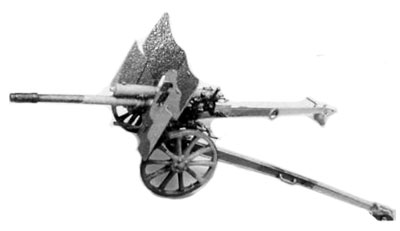 |
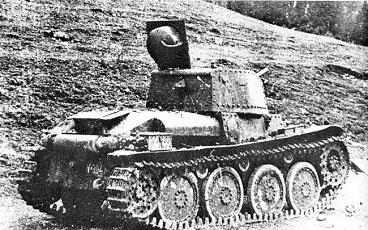 |
Following this disaster in the winter of
1942/43, the Fast Division was eventually encircled and virtually
destroyed, survivors being airlifted out without any heavy equipment.
In August 1943, it was re-designated as an Infantry Division and assigned to coastal defence. It took little part in future operations.
Left: LT-40 Tank. The LT-40 was a slightly scaled down version of the LT-38, treat as identical for game purposes. However, it was initially only armed with Turret and Hull machine-guns.
|
1944-45 Rebirth and Insurgency
By late war, the surviving Slovakian forces in the East had mostly been converted to construction units, as the Germans found them politically suspect.
A poorly trained and equipped home army, including an armoured contingent (using some German supplied equipment including Panzer IIIN as well as Marder IIIH and tanks that had been smuggled back to Slovakia by the Fast Division under the pretence that they could not be repaired at the front) rose in an uprising against the Germans in August 1944 with limited Soviet assistance, including a Czech Paratroop Brigade.
|
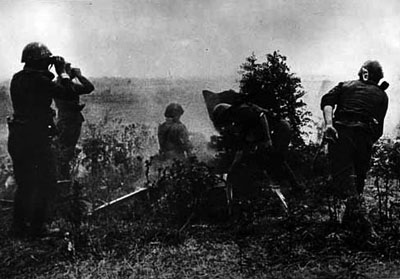 |
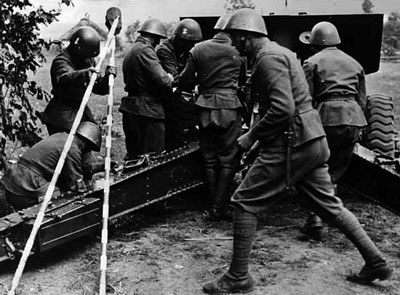 |
The uprising was poorly co-ordinated and prematurely triggered, allowing German occupying forces to disarm the remaining regular units and force the Insurgents to capitulate.
Slovak armoured forces fought well against German Army and SS units involved in this campaign, but were outnumbered and badly outgunned.
Modelling Slovak Forces
For advice on the best Flames Of War models to use for a Slovak army, check out this guide:
Modelling Slovak Forces....
|
Last Updated On Friday, February 27, 2015 by James at Battlefront
|
|
|